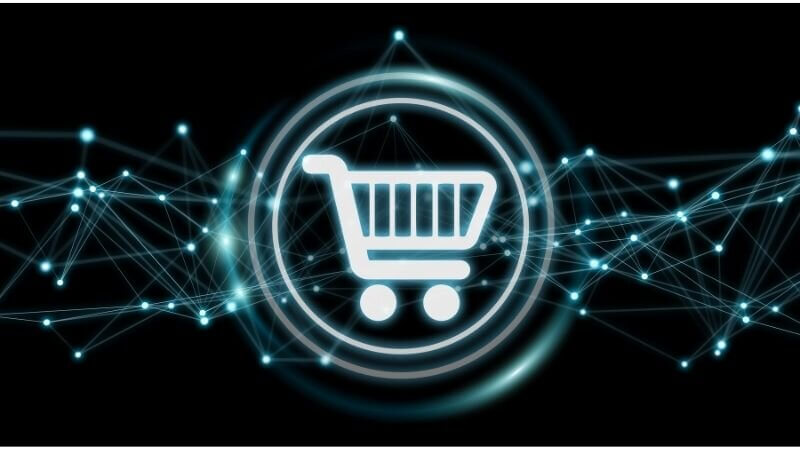CPOs and the E-Commerce Boom in Indirect Material Sourcing

Indirect material sourcing has long been riddled with uncontrolled expenditure, non-compliance, and counterfeit products. Traditionally, these risks have made CPOs of large enterprises opt for a direct approach when dealing with suppliers.
With rising costs, potentially unregulated products, and the COVID19 pandemic-led supply chain disruptions in the UAE, a CPO’s job is becoming increasingly stressful. It is especially true for CPOs of large manufacturing enterprises across the Middle-East and North Africa (MENA) geographies where the pandemic has impacted 60% of freight capacity and multimodal logistics.
Integrated Solutions for Procurement
With the e-commerce boom taking over B2B marketplaces, CPOs are welcoming procurement automation solutions with open arms. These new generation P2P software solutions offer scalability, reliability, and risk assessment — all under the same roof.
Besides providing attribute-rich catalogs of pre-vetted, high-quality vendors of indirect materials, these B2B e-commerce solutions offer a dynamic range of functions. Some of these functions are customization, user-friendly interfaces and search options, real-time pricing, and industry benchmark comparisons. With their AI and ML capabilities, these systems can even generate analytics on KPIs such as price spread and per-category spend.
Benefits of E-Commerce for CPOs
B2B e-commerce offers a series of features that are beneficial across the p2p procurement process. They have multiple payment options available in AED, language translation assistance to Arabic, and easy refunds & return policies.
They also offer filtration of vendors based on their proximity to the manufacturing unit, quick logistics, and competitive shipping rates throughout the emirates. Let’s take a look at some of the key benefits e-commerce systems offer to CPOs.
Agility
B2B e-commerce solutions give enterprises quick and easy access to a robust e-catalog of indirect materials, akin to a B2C e-commerce experience. The products and services are structured and itemized based on several attributes and filtered by a configurable list of business rules. This includes but is not limited to compliances, ratings & reviews, technical specs, availability, and shipping rates. These automated systems have rapid TATs across the p2p pathway and endow the CPOs with greater transparency and market awareness channels to make better decisions.
For instance, the global procurement head of an automotive OEM has said that e-commerce adoption for indirect material sourcing has increased their price competitiveness. “It has expanded our knowledge,” he explained, adding that their enterprise is now planning to digitize their direct material sourcing as well.
Cost Savings
Typically, enterprises spend 15% to 30% of their revenue on indirect material sourcing. It is usually valid for enterprises with fragmented spending structures and limited internal resources for procurements. The human capital spent on the traditional procurement process is perhaps the highest. CPOs spend countless hours in monotonous transactional activities that leave them with little to no time for any value-addition work to the enterprise.
However, with digital procurement automation solutions, operational costs in UAE can be reduced up to 40%. More importantly, they offload CPOs with hours of repetitive work. It unlocks critical free time for CPOs to spend on supply chain management and optimization of the p2p procurement process.
Technology Integration
For large manufacturing enterprises, the integration of an e-commerce marketplace with their existing ERP is the deciding feature of pre-investment. By entangling itself with the enterprise’s p2p procurement process, the e-commerce solution automatizes and simplifies a vital link of the digital supply chain. It enables the system to intelligently monitor inventory, issue purchase orders, execute payments, track deliveries, and receive stock. It also minimizes the hassles of negotiations, contract management, and price comparisons.
Some of the advanced digital procurement systems offered by digital supply chain solutions enterprises can seamlessly integrate with ERPs like SAP, Jagger, and Oracle. These systems successfully streamline the accounting, reporting, and controlling of the procurement process, thus building end-to-end supply chain visibility.
Data Cleaning & Management
A global market study indicates that almost 63% of the items listed in a conventional procurement catalog have incomplete or duplicate information. However, with digital supply chain solutions, CPOs can assess their MRO master data quality using the system’s native AI and ML capabilities. These data analytics tools can also learn user behavior over time and generate optimized results that promote operational excellence.
Reports on purchase, fulfillment data, including buying history, spend limits, and wish lists, make it convenient for procurement teams to increase their work efficiency.
What CPOs Need to Know
With increasing demand, the scale of high-quality suppliers of indirect materials is rapidly growing on B2B e-commerce solutions. Some experts predict that by the end of 2021, 60% of the large enterprises will be using digital procurement methods for indirect material sourcing. It is also aligned with the government’s vision to digitize UAE’s economy in the coming years.
With a rationalized and automated procurement solution in place, the role of the CPO is shifting from being a negotiator to that of a creator. The present-day CPO discovers new marketplaces, innovates new procurement strategies, and collaborates with suppliers. The CPO also draws new digital blueprints for quick approvals and reviews, and smoothens the enterprise’s upstream supply chain operations.

 We are ready to lead you into the future of B2B commerce and Supply Chain.
We are ready to lead you into the future of B2B commerce and Supply Chain.